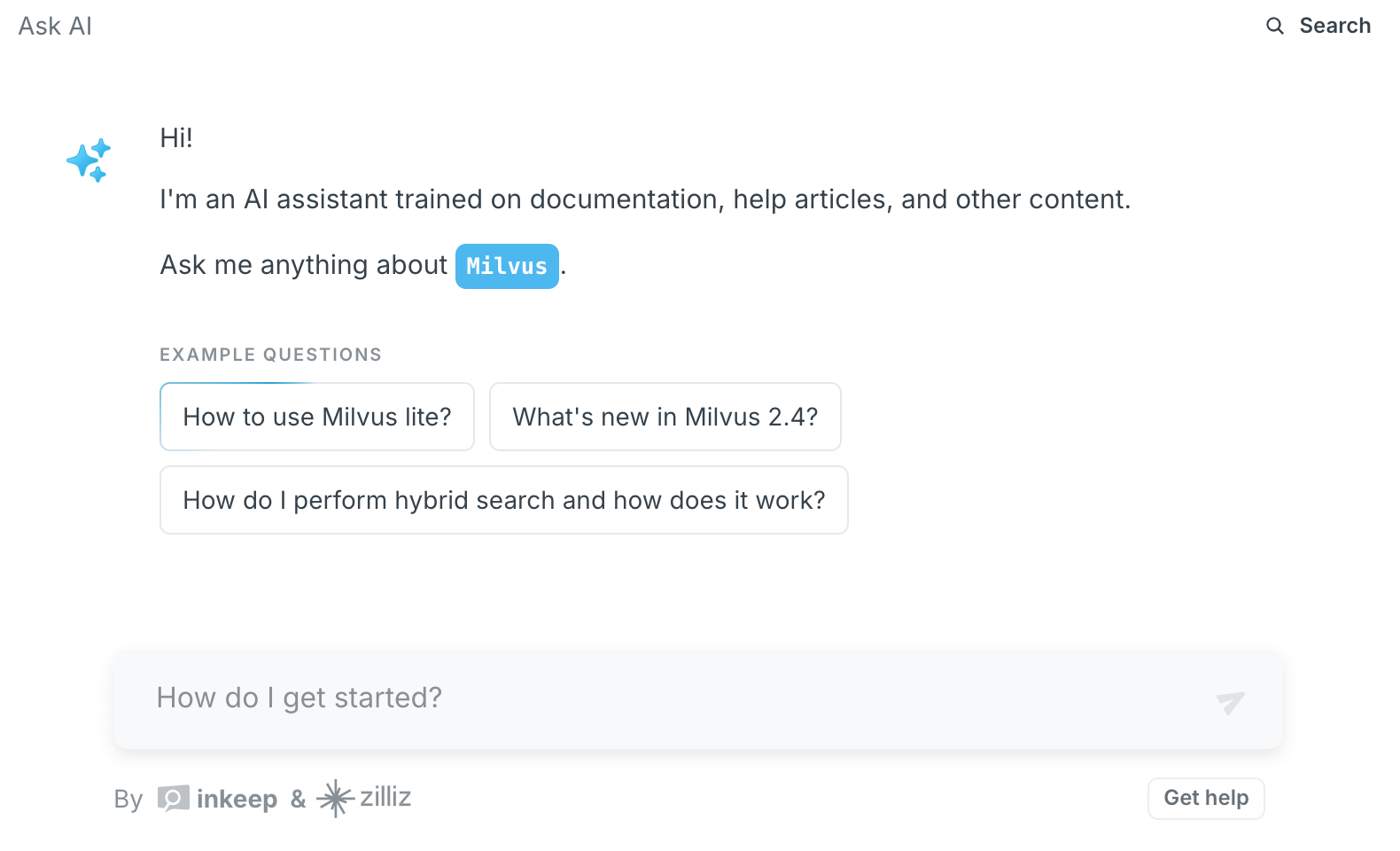To assess whether an embedding model captures the nuances required for a task like clustering questions with their correct answers, you need a combination of quantitative metrics, qualitative inspection, and task-specific testing. Start by defining evaluation criteria aligned with the task. For example, if the goal is to group questions with their answers, you could measure how often embeddings of related pairs are closer in vector space than unrelated ones. Use metrics like recall@k (how often the correct answer appears in the top k nearest neighbors) or silhouette score (how tightly clusters of related pairs are grouped). These metrics provide a numerical baseline but may miss subtler relationships, so pair them with deeper analysis.
Next, visualize the embeddings to inspect their structure. Tools like t-SNE or UMAP can project high-dimensional vectors into 2D/3D space, letting you see if questions and answers form distinct clusters. For example, if all “weather-related” questions (e.g., “What causes rain?”) are near answers about precipitation, but “historical event” questions are scattered randomly, the model may lack domain-specific nuance. Additionally, test edge cases: if paraphrased questions (e.g., “How does rainfall occur?” vs. “What’s the process of rain formation?”) map far apart, the model might not grasp semantic similarity. Visualization helps spot patterns that metrics alone won’t reveal.
Finally, validate the embeddings in a real-world simulation. Build a prototype system that uses the embeddings for retrieval or classification, and measure its accuracy. For instance, create a test set where the model must retrieve the correct answer from a pool of candidates using cosine similarity. If performance is poor, fine-tune the model on task-specific data or adjust its training objective (e.g., contrastive loss to enforce question-answer proximity). Also, analyze failure cases: if the model confuses “capital of France” with “currency of France,” it may need better disambiguation of geographic vs. economic terms. Iterative testing and targeted adjustments ensure the embeddings align with the task’s requirements.
